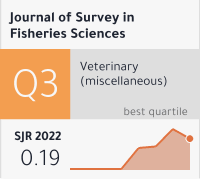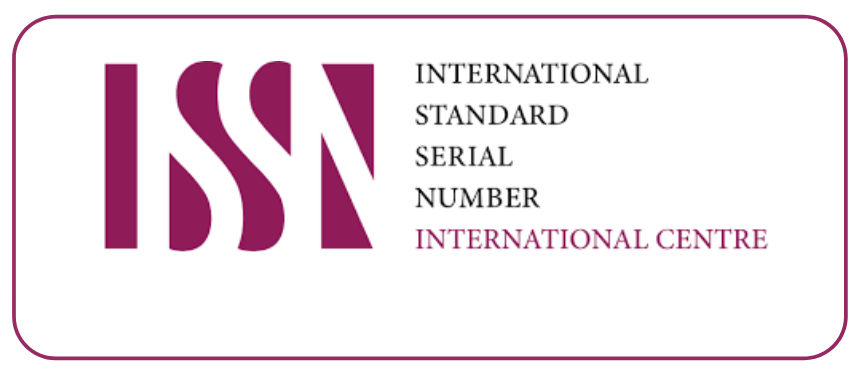Phytoremediation: A Promising and Sustainable Approach to Eradicate Heavy Metals from Heavy Metals-Polluted Soils and Revegetating them
DOI:
https://doi.org/10.53555/sfs.v10i6.2705Keywords:
Sustainability, Waste management, Heavy metals, Phytoremediation, PhytoextractionAbstract
Rapid industrialization, increased waste production and surge in agricultural activities, mining, contaminated irrigation water and industrial effluents contribute to the contamination of water resources due to heavy metal accumulation. Phytoremediation is a realistic and promising strategy for heavy metal removal from polluted areas, based on the employment of hyper-accumulator plant species that are extremely tolerant to heavy metals present in the environment/soil. Green plants are used to remove, decompose, or detoxify hazardous metals in this technique. Five types of phytoremediation methods viz. Phytostabilization, rhizofiltration, phytoextraction and phytovolatilization are used for decontamination of the soil. Traditional phytoremediation methods have significant limits in terms of large-scale application, thus biotechnological efforts to modify plants for heavy metal phytoremediation ways are being explored to improve the efficacy of plants as heavy metal decontamination candidates. It is relatively economic, efficient and environment friendly. New metal hyperaccumulators with high efficiency are being explored and employed for their use in phytoremediation and Phyto mining. This review comprehensively discusses different strategies and biotechnological approaches for the removal of various heavy metal containments from the environment, with emphasis on the advancements and implications of phytoremediation, along with their applications in cleaning up various toxic pollutants.









